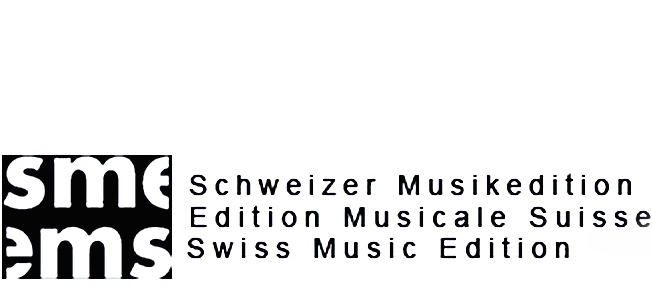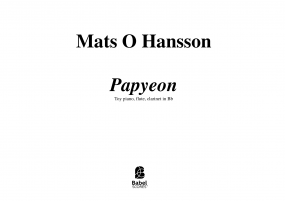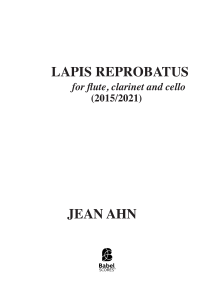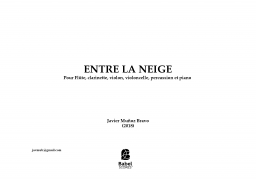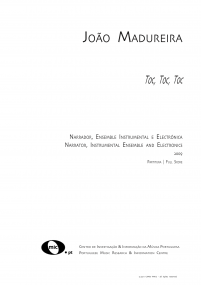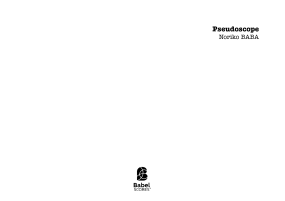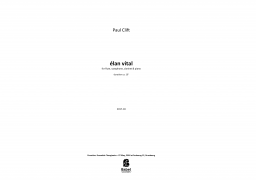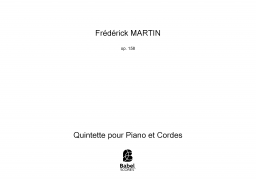Specifications
Region
Europe
Estimated Duration
6 - 10min
Date
2011
ISMN : 979-0-2325-1109-2
In Stock
Notes on this piece «CUTE» in this context, refers to a fusion of compositional techniques between Clarinet & flUTE, rather than the literal «charmingly innocent» or «sweet & pretty».
«CUTE» is a composition written to treat the clarinet and flute as converging to a single instrument, a “Gestalt”. This is especially expressed during the homogeneous or complimentary rhythmic passages.
In this piece the independent voice is rarely heard, the interlocking of the instruments, the equalization of voices, provides a harmonic visualization of a single instrument; even during the liveliest passages (clarinet & flute merge into a single «super-instrument»). At times for the performers, the challenge is to act as a single organism.
Although this work was written intuitively, each melodic moment was carefully analyzed and reflected upon during composition to produce this short, focused piece
Add to a playlist
- Login to create your own lists
«CUTE» is a composition written to treat the clarinet and flute as converging to a single instrument, a “Gestalt”. This is especially expressed during the homogeneous or complimentary rhythmic passages.
In this piece the independent voice is rarely heard, the interlocking of the instruments, the equalization of voices, provides a harmonic visualization of a single instrument; even during the liveliest passages (clarinet & flute merge into a single «super-instrument»). At times for the performers, the challenge is to act as a single organism.
Although this work was written intuitively, each melodic moment was carefully analyzed and reflected upon during composition to produce this short, focused piece
Instrumentation
Flute|Clarinet
Score Details
Format - A3 / Tabloid
Pages - 9
Pages - 9



